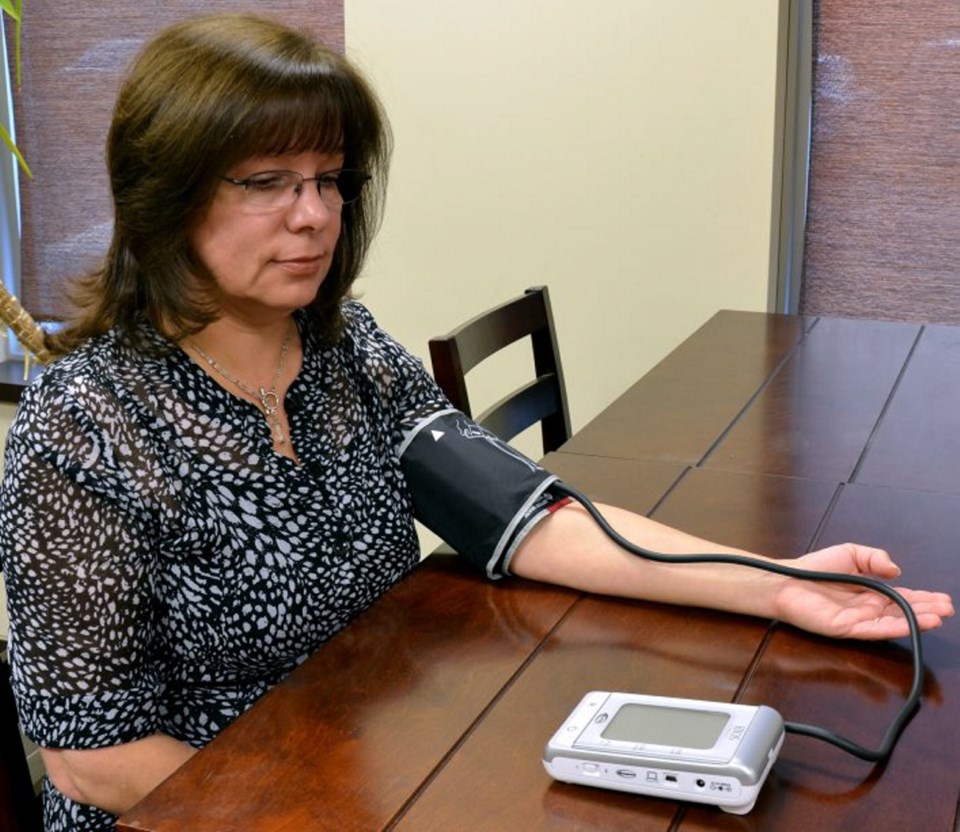Every year, 650,000 North Americans suffer a lethal stroke, or one that leads to debilitating mental or physical problems. The American Stroke Association has issued an important update on how to prevent this disaster for those who have not had a major stroke or a mini one.
Remember, you cannot change your family history of stroke, or your age. But you can change the odds, because 90 per cent of the factors that cause stroke are controllable. So here are facts you should be aware of.
Anticoagulants (blood thinners) are used to treat auricular fibrillation, an irregular heart rate, which is associated with a four to five times increased risk of stroke. Powerful anticoagulants, such as Coumadin, have a high risk of causing bleeding problems.
For some patients, increasing magnesium in the diet is all that is needed to restore regular heart rhythm.
Others might find vitamin E and an 81-milligram Aspirin daily is enough to thin the blood with fewer complications.
Aspirin, the 81-milligram dose, should be considered by patients who don’t have A Fib but who have a high risk of stroke. This decision must take into consideration that Aspirin may on occasion cause gastrointestinal bleeding and possible death.
Diet should be low in sodium, high in potassium along with olive oil, fresh fruits, vegetables, fish, poultry and a daily serving of nuts to keep blood pressure in check. But we should eat less red meats, baked goods, butter and margarine. And congratulations to the experts who have finally mentioned the optional medical benefit of wine with meals.
Blood pressure should be monitored with a digital upper arm cuff. High pressure (a.k.a. hypertension) must be treated in order to prevent strokes. Antihypertension drugs may be needed.
LDL, the bad cholesterol, should no longer determine whether doctors advise cholesterol-lowering-drugs (CLDs). Rather, the decision should be made by calculating a patient’s 10-year risk of stroke or heart attack. The higher the risk, the greater the dose of a CLD required. (Readers should know I decided not to take CLD drugs after a heart attack 17 years ago because of their side effects)
Migraine sufferers under age 55 show increased risk of a blood clot forming. Smoking increases that risk. But there is debate on how to treat this condition.
Calculation of stroke risk is the newer tool. It considers a person’s weight, age, diet, daily exercise, whether they smoke, use alcohol, have diabetes, hypertension or have had a mini-stroke or auricular fibrillation. These factors along with family history provide doctors with the information of whether patients are at low or high risk of stroke. This allows patients to mend bad habits long before a stroke occurs.
The ASA report claims that more than half of strokes can be avoided by losing weight, exercising, cessation of smoking and heavy drinking, and keeping diabetes under control. This advice makes sense.



